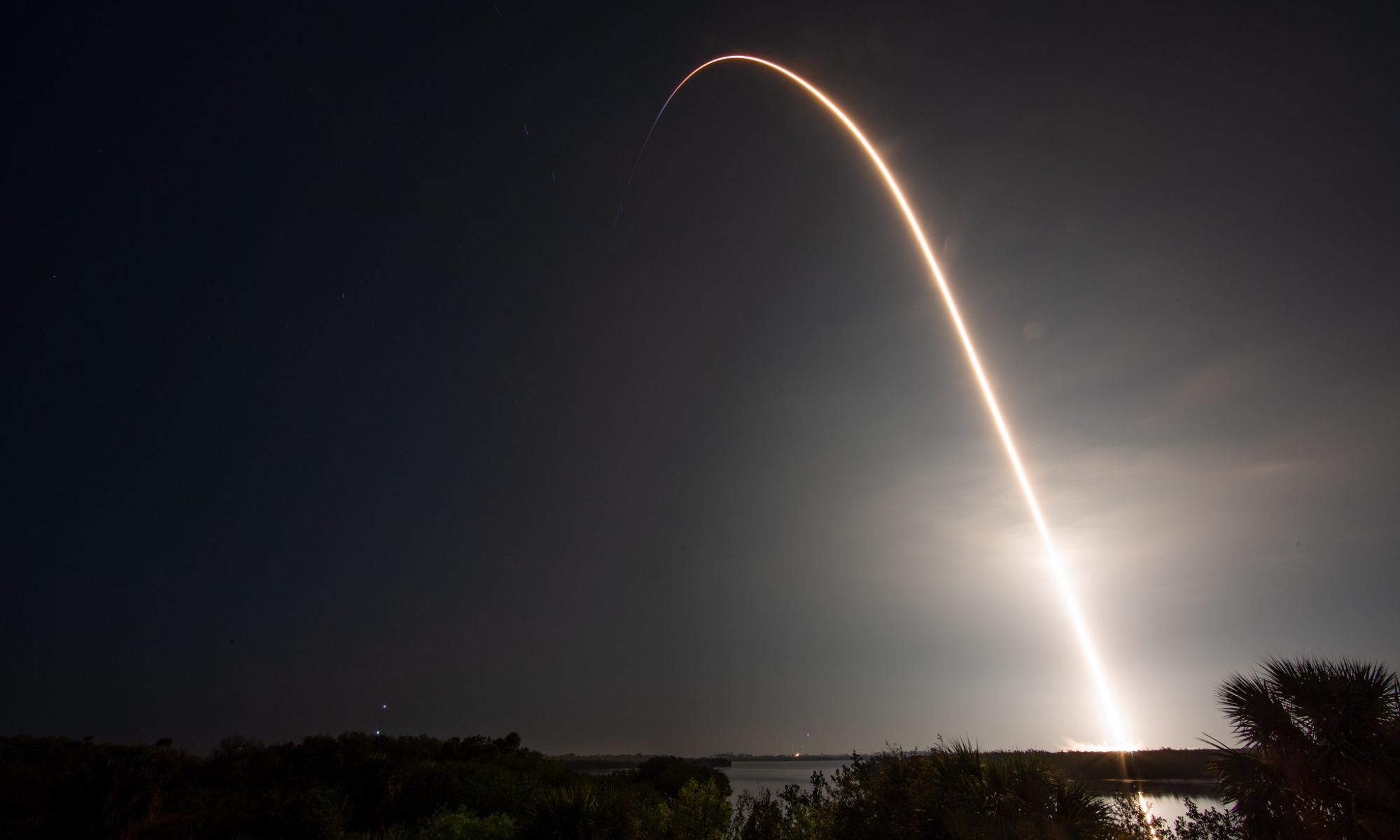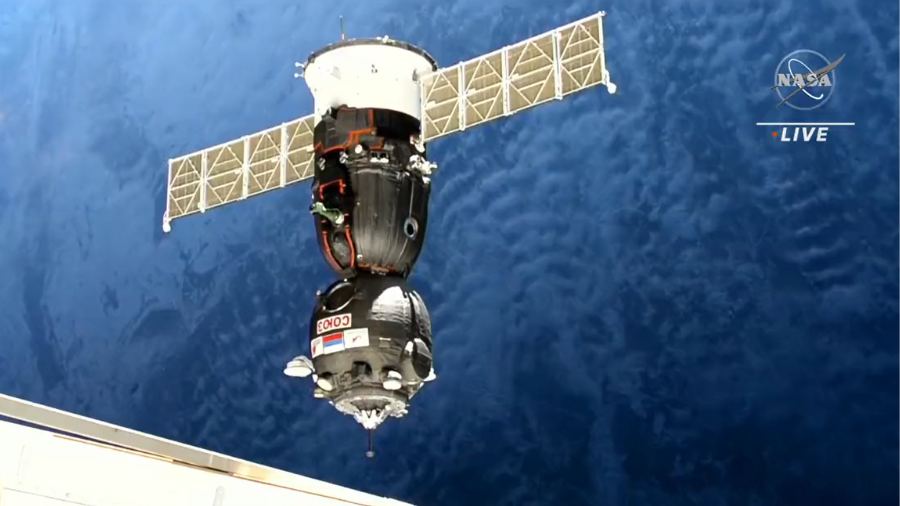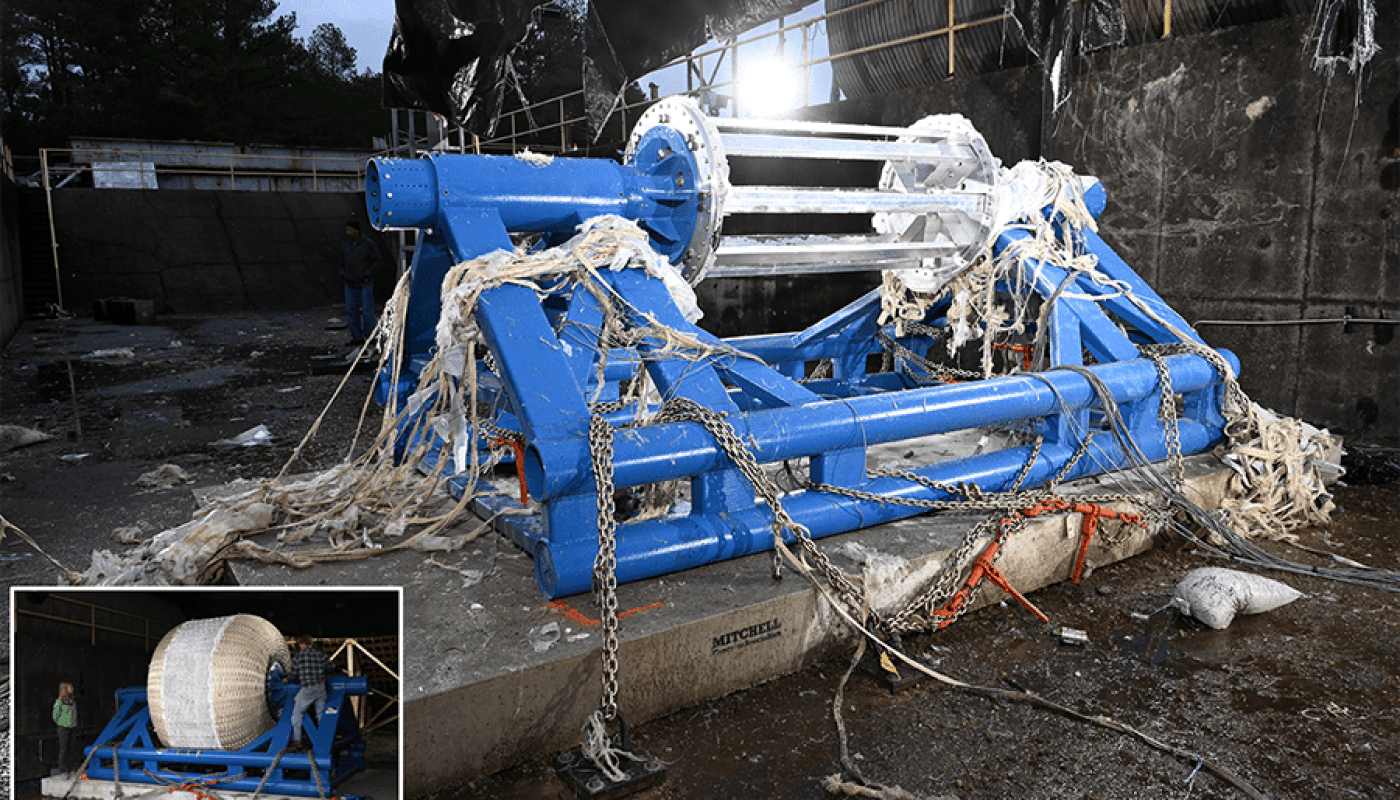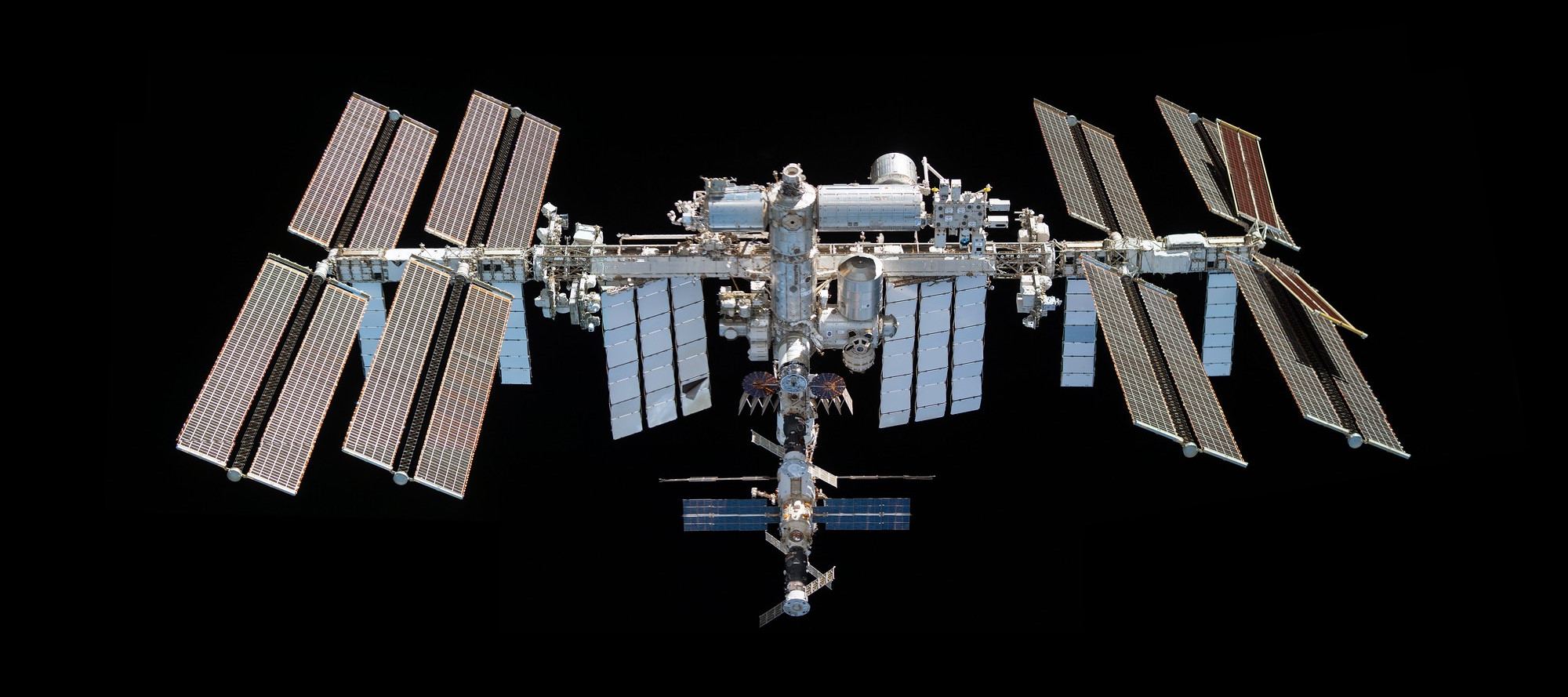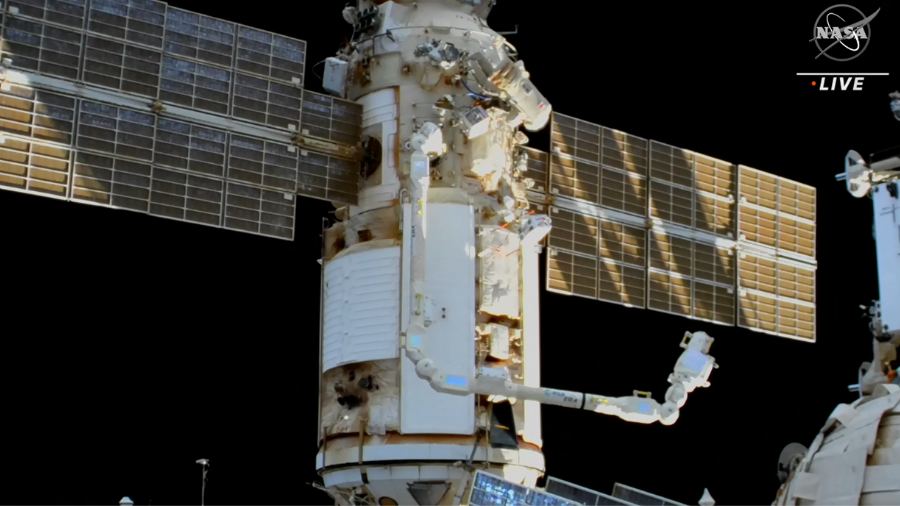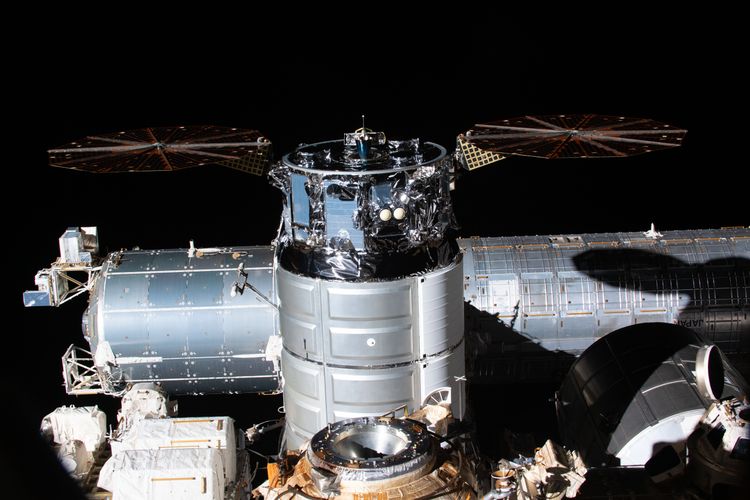The NASA/SpaceX Crew 6 members are now on their way to the International Space Stations after a spectacular nighttime liftoff from Launch Complex 39A at Kennedy Space Center.
At 12:34 am EST, a SpaceX Falcon 9 rocket sent a Dragon spacecraft named Endeavour into orbit. Onboard were NASA astronauts Stephen Bowen and Warren Hoburg, along with United Arab Emirates (UAE) astronaut Sultan Alneyadi and Roscosmos cosmonaut Andrey Fedyaev.
Continue reading “Spectacular Night Launch Sends SpaceX Crew 6 to the Space Station”
